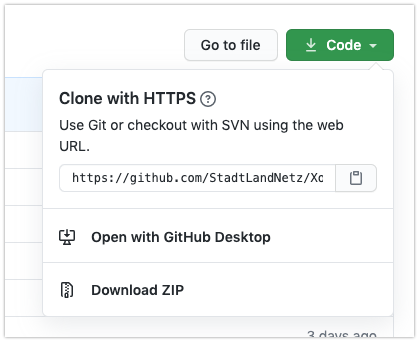Lars, first I must thank you very much for the time and effort spent creating this very useful tool. I tested a few styles. Simple styles convert well. I have one that doen’t. It is a style I used with webimageviews, to make imagebuttons. The style has normal, hover and active properties. The converter only handled the normal properties.
Here is what I can find using the browesr developer tools:
`.wsImgButton {
border-top: 1px solid rgba(230,230,230,0.90) !important;
border-left: 1px solid rgba(230,230,230,0.92) !important;
border-bottom: 1px solid rgba(230,230,230,0.90) !important;
border-right: 1px solid rgba(230,230,230,0.90) !important;
-webkit-border-top-left-radius: 4px !important;
-webkit-border-bottom-left-radius: 4px !important;
-webkit-border-bottom-right-radius: 4px !important;
-webkit-border-top-right-radius: 4px !important;
background-color: rgba(230,230,230,1.00) !important;
}
.wsImgButton:hover {
border-top: 1px solid rgba(191,191,191,1.00) !important;
border-left: 1px solid rgba(191,191,191,1.00) !important;
border-bottom: 1px solid rgba(191,191,191,1.00) !important;
border-right: 1px solid rgba(191,191,191,1.00) !important;
-webkit-box-shadow: 3px 3px 8px rgba(0,0,0,0.50) !important;
-webkit-border-top-left-radius: 3px !important;
-webkit-border-bottom-left-radius: 3px !important;
-webkit-border-bottom-right-radius: 3px !important;
-webkit-border-top-right-radius: 3px !important;
background-color: rgba(230,230,230,1.00) !important;
background-image: none !important;
}
.wsImgButton:active {
border-top: 2px solid rgba(191,191,191,1.00) !important;
border-left: 2px solid rgba(191,191,191,1.00) !important;
border-bottom: 2px solid rgba(255,255,255,1.00) !important;
border-right: 2px solid rgba(255,255,255,1.00) !important;
-webkit-box-shadow: 0px 0px 0px rgba(0,0,0,0.50) !important;
background: linear-gradient(to bottom, rgba(191,191,191,1.00) 0%, rgba(220,220,220,1.00) 33%, rgba(240,240,240,1.00) 100%) !important;
}`
The output of the converter is this:
`wsImgButton {
border-top: 1px solid rgba(230,230,230,0.90) !important;
border-left: 1px solid rgba(230,230,230,0.92) !important;
border-bottom: 1px solid rgba(230,230,230,0.90) !important;
border-right: 1px solid rgba(230,230,230,0.90) !important;
background-color: rgba(230,230,230,1.00) !important;
}`
We are missing the rounded corners and the hover and active styling.
That said, other sampled styles converted flawlessly and I can use them in 2.0 using your tool. Great stuff! I can PM the style code if that will help handling such cases.





